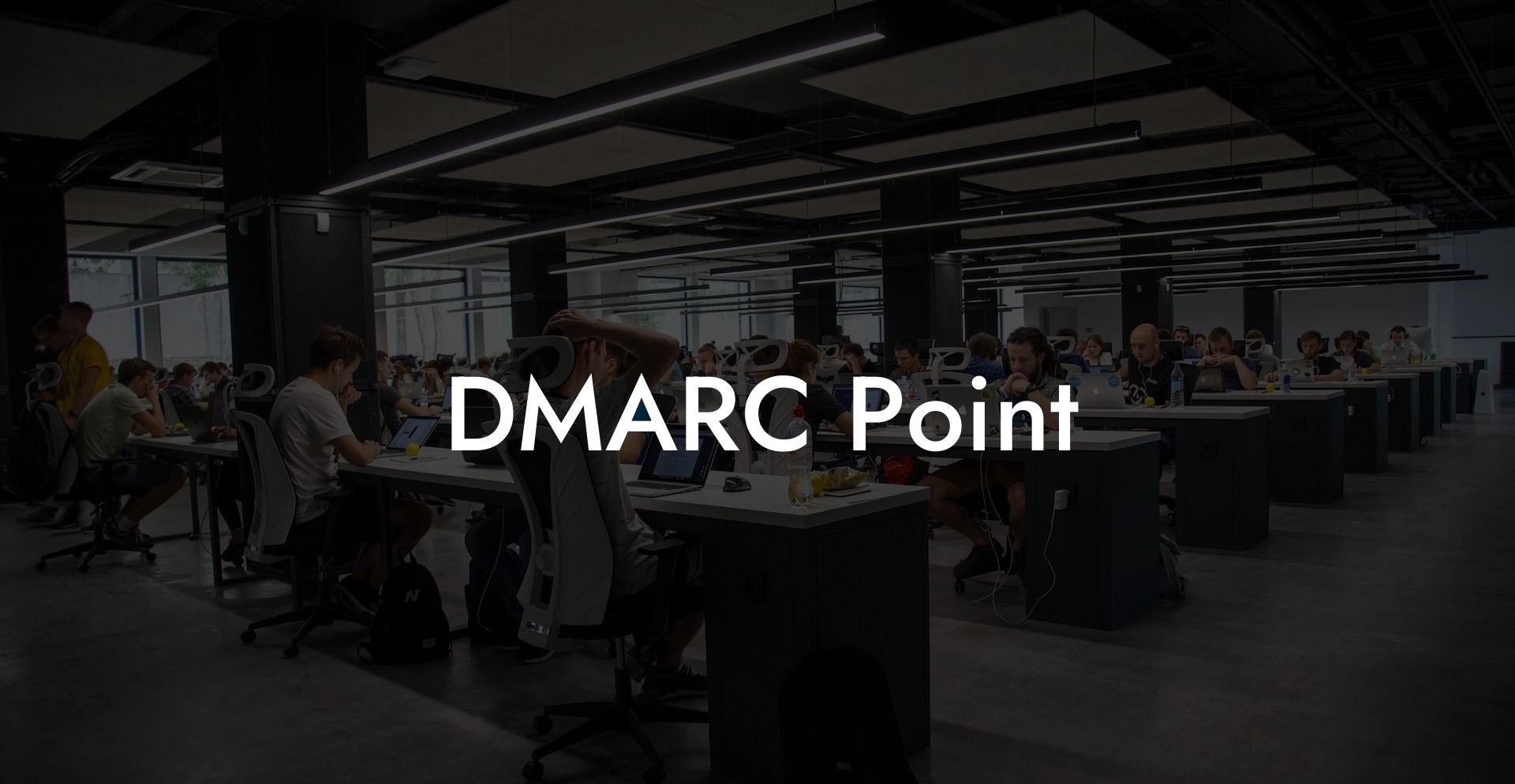In today's world of growing cyber threats, protecting your email infrastructure is vital to maintaining the integrity of your business communications. DMARC (Domain-based Message Authentication, Reporting, and Conformance) is a powerful email authentication protocol designed to mitigate the risks associated with email phishing and spoofing. In this comprehensive guide, we'll explore what DMARC is, its key features, and how to implement it effectively to fortify your email security and prevent cyberattacks. Let's dive in!
Understanding DMARC
DMARC is an email validation system that helps domain owners ensure the authenticity of their emails, preventing unauthorized use of their domains for malicious purposes. It builds upon two existing email authentication protocols, SPF (Sender Policy Framework) and DKIM (DomainKeys Identified Mail), and adds a reporting layer to help domain administrators identify issues, monitor email traffic, and maintain compliance.
The Importance of Email Authentication
- Email phishing continues to be a significant threat to businesses and individuals, with cybercriminals leveraging disguised email addresses to spread malware, ransomware, and steal sensitive information.
- Spoofing, where an attacker impersonates a trusted sender's domain, is an increasingly common technique used in phishing attacks. This can damage the reputation of the impersonated brand and erode trust in email communications.
- Implementing DMARC alongside SPF and DKIM ensures that recipients can verify the authenticity of an email, reducing the likelihood of phishing and spoofing attacks.
Key Components of DMARC
Protect Your Data Today With a Secure Password Manager. Our Top Password Managers:
DMARC consists of three primary components that work together to enhance your email security:
- Authentication: DMARC utilizes SPF and DKIM protocols to authenticate the email sender and verify that the message is genuine. This helps prevent unauthorized senders from forging email headers and masquerading as legitimate senders.
- Policy: Domain owners establish a DMARC policy, which specifies how to handle emails that fail authentication checks. This policy can include actions such as quarantine, reject, or accept and monitor non-compliant emails.
- Reporting: DMARC generates detailed reports on authentication results, allowing domain owners to monitor their email traffic and ensure policy compliance. This information is invaluable for identifying and rectifying weaknesses in your email security strategy.
Implementing DMARC
Follow these steps to implement DMARC for your domain:
- Configure SPF and DKIM: As DMARC builds upon these protocols, ensure they are correctly configured on your domain before proceeding. SPF allows you to specify which mail servers are authorized to send mail on your domain's behalf, while DKIM cryptographically signs emails to validate their origin.
- Create a DMARC policy: Develop a DMARC policy that suits your organization's security needs. It's advisable to start with a "monitor" policy, allowing you to collect data and examine reports before tightening your policy to quarantine or reject non-compliant emails.
- Publish your DMARC record: Add your DMARC policy in a TXT record in your domain's DNS zone. This record informs receiving mail servers of your policy and allows them to validate and report on your email traffic.
- Analyze reports and adjust policy: Review the DMARC reports generated to assess your email authentication accuracy and compliance. Identify potential weaknesses and make necessary adjustments to your policy and authentication mechanisms.
DMARC Point Example:
Consider a business named "ACME Corp" with the domain "acme.com." ACME Corp wants to implement DMARC to prevent unauthorized use of their domain in email phishing attacks.
They begin by setting up SPF and DKIM for their domain, specifying which mail servers are authorized to send emails on their behalf and signing outgoing messages. Next, they create a DMARC policy to monitor email traffic. They publish their DMARC record in their domain's DNS zone, which may look like this:
_dmarc.acme.com TXT "v=DMARC1; p=none; rua=mailto:reports@acme.com"
ACME Corp receives DMARC reports and reviews authentication results. They identify and rectify issues before updating their policy to quarantine or reject non-compliant emails, further enhancing their email security.
Securing your email infrastructure with DMARC is a critical step in protecting your organization from damaging phishing and spoofing attacks. By understanding and effectively implementing DMARC, you can mitigate the risks associated with email fraud, safeguard your brand's reputation, and maintain trust in your business communications. Don't forget to share this comprehensive guide with your network and explore other cybersecurity topics on Voice Phishing to stay ahead of the curve in protecting your digital assets.
Protect Your Data Today With a Secure Password Manager. Our Top Password Managers:















